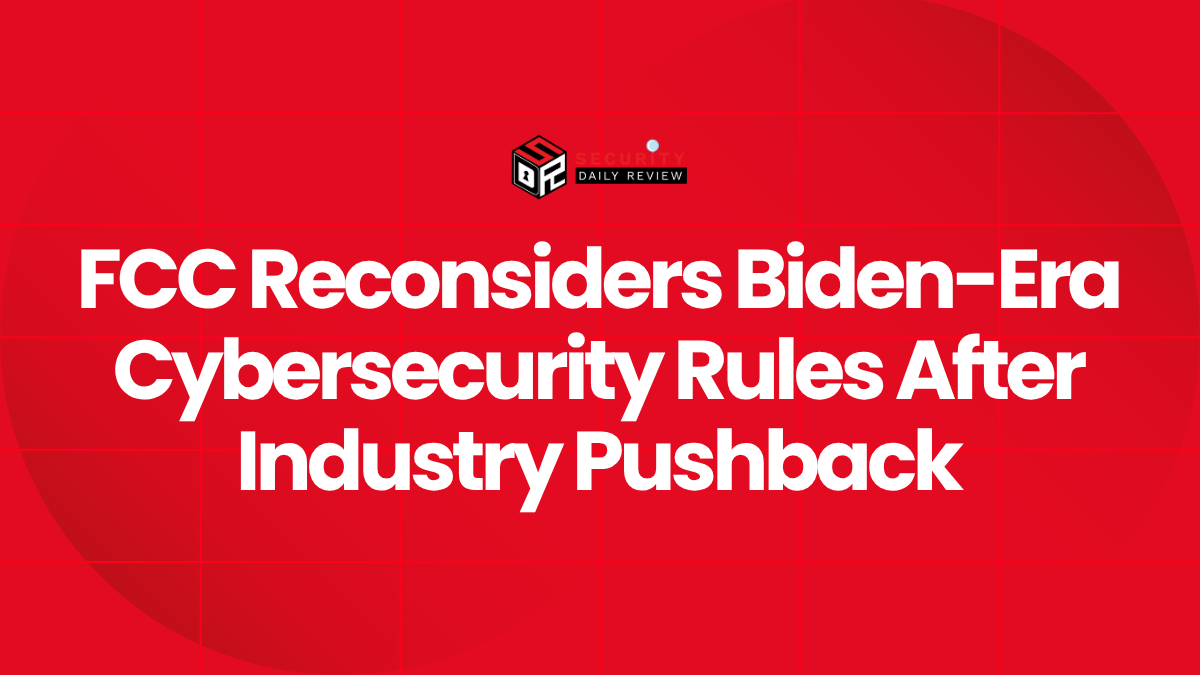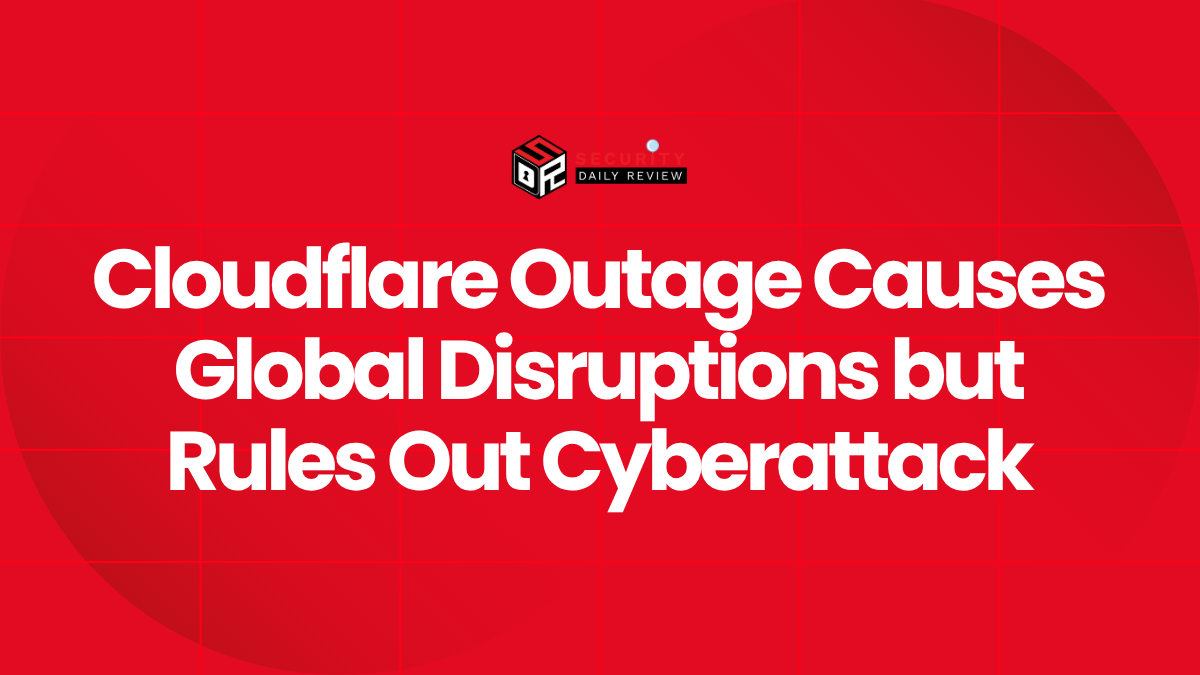As nation-state cyberattacks continue to flood American networks, the U.S. government is signaling a shift from defense to offense. Sean Cairncross, the recently appointed National Cyber Director, has confirmed that the United States is preparing to ramp up offensive cyber operations to combat persistent digital threats from foreign adversaries. However, key details—most notably, when those moves will begin—remain classified.
National Cyber Director Stresses the Need to Go on the Offensive
As persistent threats from foreign hackers weigh on national infrastructure, government officials are growing increasingly vocal about reassessing U.S. cyber strategy. According to National Cyber Director Sean Cairncross, America has endured more than its fair share of attacks, and its patience is wearing thin.
“The United States is tired of being the punching bag in cyberspace,” Cairncross stated. While he did not offer a timeline, his comments make it clear that the country is preparing to take a more aggressive stance.
Why the Strategic Shift Is Happening Now
Foreign cyber operations targeting the U.S. government, critical infrastructure, and private industry sectors have increased in both frequency and sophistication. This surge in hostile activity, much of it attributed to threat actors based in countries like Russia, China, Iran, and North Korea, has put constant pressure on American cyber defenses.
Cairncross did not delve into specific triggers for the strategic pivot but acknowledged that reactive measures are no longer sufficient. The move toward offensive cybersecurity—sometimes referred to as “persistent engagement”—reflects a broader shift in U.S. cyber doctrine.
Historically, American cyber forces have maintained a primarily defensive position. Engagement beyond defense, particularly kinetic digital attacks on foreign adversaries’ command structures or capability platforms, has been rare and always highly classified.
Yet, as foreign threat actors continue to exploit U.S. networks with impunity, federal cyber leaders appear ready to cross that line more frequently—and more visibly.
What Offensive Cybersecurity May Entail in Practice
Offensive cybersecurity encompasses a variety of activities aimed at disrupting, degrading, or deterring adversaries through proactive digital means. These could include cyber intrusions to destroy infrastructure used for launching attacks or psychological operations intended to create fear or confusion among enemy operators.
Potential Objectives of Future Cyber Offensives
While the specifics remain undisclosed, offensive cyber efforts likely target several strategic areas:
- Disabling malware infrastructure before it launches widespread ransomware campaigns
- Penetrating adversary-controlled command-and-control (C2) networks
- Interfering with threat actor logistics and communications
- Disrupting financial pipelines for cybercriminal organizations
- Deterring nation-state actors by degrading their capabilities pre-emptively
Such operations typically require deep intelligence coordination, legal clearances, and technical sophistication to avoid collateral damage or diplomatic fallout.
Legal and Ethical Complexities in Cyber Offensive Strategy
Moving from defense to offense in cyberspace also introduces thorny challenges. Unlike traditional military action, cyber offensives often fall into legal gray zones. Tall questions loom about the thresholds for engagement, rules of proportionality, and multilateral alignment with allies.
Cairncross did not provide insights into how these complexities are being addressed but stressed that offensive posture does not necessarily mean careless aggression.
“We’re not just flipping a switch and going on the attack unilaterally,” he hinted, suggesting a framework of deliberation and coordination.
Timelines Left Intentionally Vague
Despite hints at a triggered shift in posture, one key detail is conspicuously absent: timing. Cairncross declined to disclose when offensive operations might begin, a decision likely intended to maintain operational security and preserve the element of surprise.
By withholding the timeline of cyber offensives, the U.S. gains strategic ambiguity. Adversaries may be forced to assume that a digital reprisal can occur at any moment—a potentially effective deterrent in its own right.
Final Thoughts: A Calculated Message to Adversaries
Cairncross’ comments, while vague, serve as a direct signal to both allies and adversaries. By publicly affirming that cyber offensives are on the table—even without confirming execution plans—the U.S. government is confronting the reality that pure defense may no longer be adequate in an increasingly hostile cyber environment.
Whether this rhetoric translates into discrete operations, adversary disruption, or long-term stability remains to be seen. The one certainty is that the U.S.’s offensive cybersecurity strategy is no longer a matter of “if,” but “when.”









